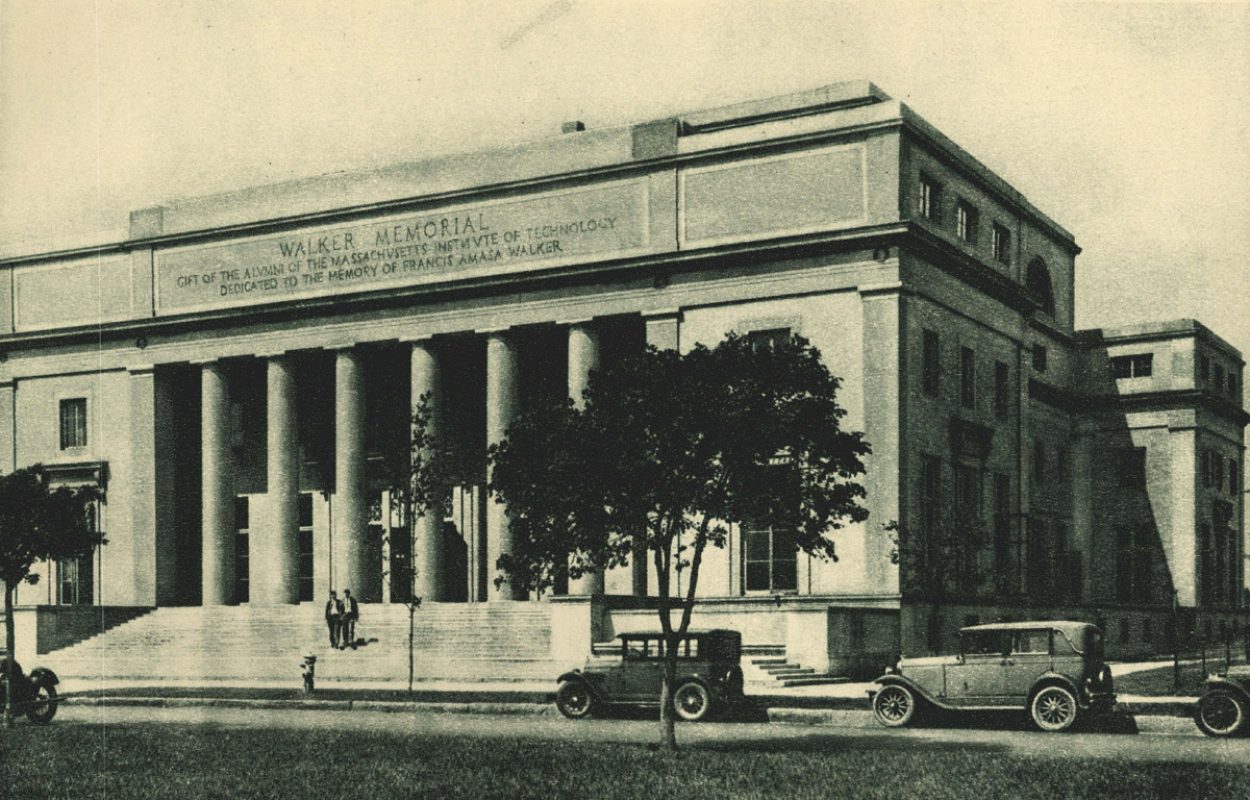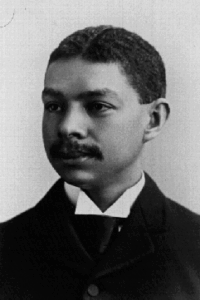Blacks at MIT History Project
THIS PROJECT IS NOW BEING CONTINUED ON A PROJECT WEB SITE:
Black History at MIT: Documenting the MIT Experience 1861 – Present
BEGINNING THE PROJECT
The Blacks at MIT History Project began in October 1995 and is under the general supervision of Clarence G. Williams, Special Assistant to the President, Ombudsman, and Adjunct Professor of Urban Studies and Planning. Project goals and objectives are:
- to assemble a select body of data on the role and experience of blacks at MIT;
- to compile, analyze, interpret, and synthesize the data;
- to prepare and publish a book tentatively titled Search for Identity: A History of the Black Experience at MIT, 1865-1995, and related studies based on the data acquired (including biographies of black graduates such as Robert Robinson Taylor, S.B. 1892);
- to encourage further scholarly and policy studies in this area.
Blacks have almost always played a role at MIT. The nature and extent of this role have evolved over time–from a period in the late nineteenth and early twentieth centuries, when only a few students of color were able to take advantage of educational opportunities; to the period between World War II and the mid-1960s, when growing civil-rights activism helped create an environment in which blacks could participate more fully not only as students but as faculty and researchers as well; and the period from the late 1960s to the present, which saw the formalization of minority recruitment programs and other incentives to further enhance this participation. It is a rich and complex history, bringing together the struggles of individuals, racial issues, institutional policies, and social change.
Sources for the Blacks at MIT History Project include:
- Archives. Materials preserved in the Institute Archives and the MIT Museum constitute MIT’s collective memory. These materials provide a core body of raw data for a study of MIT’s history in all its varied aspects, including the role and experience of blacks at MIT. While few collections in the Archives relate solely or even primarily to blacks, a large quantity contain significant bits and pieces … sometimes small amounts of information that–when combined–help produce a sharp, vivid, substantive picture.
- Oral history. Oral history is a valuable evidentiary tool for exploring topics such as the role and experience of blacks at MIT. By systematically recording oral testimony based on human memory and experience, we are able to supplement and enrich the store of more traditional historical evidence such as archives and the print literature. In addition to black students, alumni, faculty, and staff, a number of non-black faculty and administrators are included, especially those whose role at the Institute has had an impact on policies affecting blacks, for example in the area of recruitment and affirmative action.
- Alumni survey. As a supplement to the oral histories, black alumni are surveyed by mail. Their responses to a range of questions on biographical background, experience at MIT, post-MIT experience, and general attitudes and opinions are recorded and analyzed.
Materials compiled for the Blacks at MIT History Project will form the nucleus of a permanent, ongoing resource for general reference and research on blacks at MIT and in higher education, for future scholarly work, for policy studies, and for a variety of curricular and educational projects.
13 January 1998

